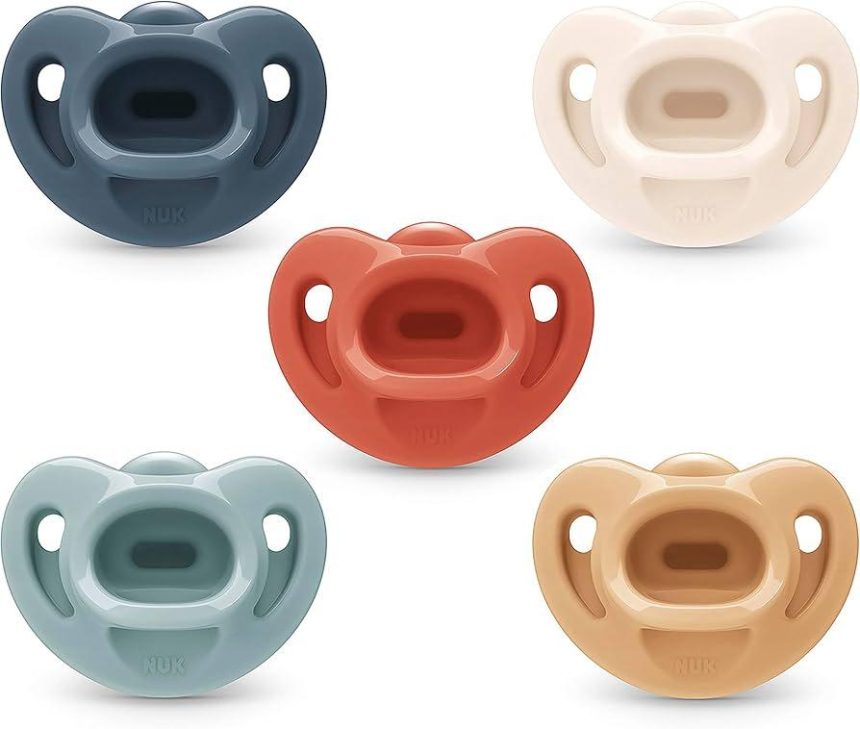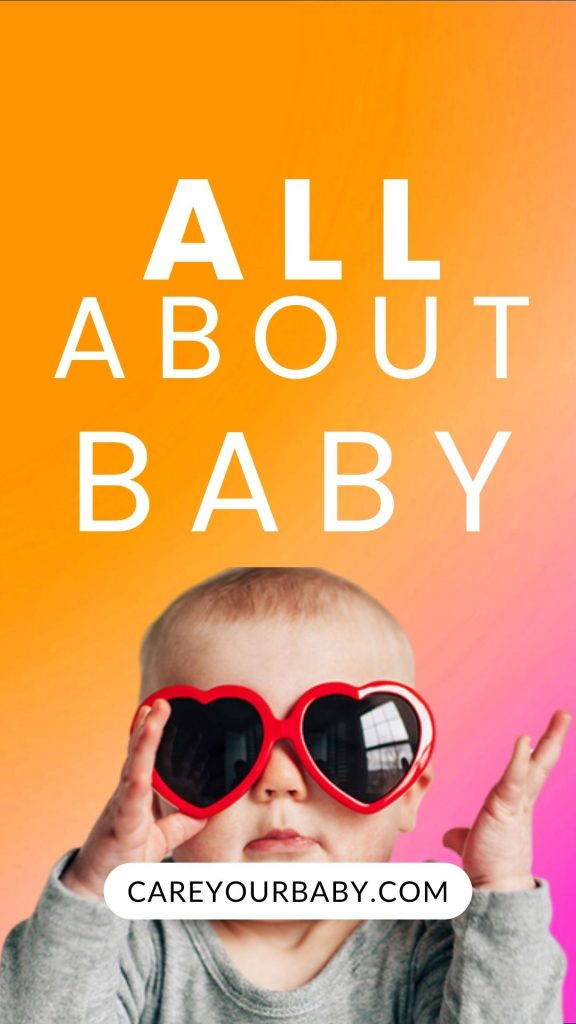How Many Pacifiers Do I Need? A Parent’s Guide
Welcoming a new baby into the world is a journey filled with joy, challenges, and countless decisions—from choosing the perfect name to selecting the right nursery decor. One of the seemingly small yet pivotal choices that often arises is the pacifier. While it may appear to be just a simple tool for soothing your little one, understanding how many pacifiers to have on hand is a question that many parents ponder. The answer is not as straightforward as it may seem, with factors ranging from your baby’s individual preferences to practical considerations like hygiene and convenience. In this guide, we’ll explore the various aspects of pacifier use, providing insights and tips to help you navigate this common parenting dilemma. Whether you’re a first-time parent or adding another bundle of joy to your family, let’s dive into the world of pacifiers and discover just how many you might really need.
Understanding Pacifier Varieties and Their Benefits
When exploring pacifier options, it’s essential to recognize that they come in various shapes, materials, and features, each designed to cater to different needs. Some popular types include:
- Orthodontic Pacifiers: These are specially designed to support the natural development of a baby’s teeth and gums.
- Silicone Pacifiers: Durable and easy to clean, they are often the go-to choice for many parents.
- Latex Pacifiers: Soft and more flexible, these offer a natural feel but can wear out faster than silicone.
- Soothing Pacifiers: Designed with various textures, these can provide added comfort during teething.
Each variety of pacifier can offer unique benefits that align with your baby’s preferences and developmental needs. For example, orthodontic designs may help reduce dental issues down the line, while silicone options provide convenience in terms of hygiene and resilience. Here’s a quick comparison that highlights their key features:
| Type | Material | Benefits |
|---|---|---|
| Orthodontic | Silicone | Supports dental health |
| Silicone | Silicone | Easy to clean, durable |
| Latex | Latex | Soft and flexible |
| Soothing | Various | Comfort during teething |
Determining the Right Quantity for Your Babys Needs
When it comes to pacifiers, the quantity you need can vary significantly based on your baby’s habits and your lifestyle. Consider the following factors to fine-tune the number of pacifiers you keep on hand:
- **Frequency of Use:** If your baby relies on a pacifier for comfort or sleep, you might want a larger supply to ensure you always have one at hand, especially during outings.
- **Cleaning Schedule:** Pacifiers should be sanitized regularly. Having multiple can ease the worry of running out while you clean the ones in use.
- **Different Locations:** If you move between locations—home, car, daycare—it’s a good idea to keep a stash in each place for convenience.
To further assist you in making the right choice, here’s a quick overview of typical pacifier usage based on age:
| Age Group | Recommended Quantity |
|---|---|
| Newborn (0-3 months) | 3-5 pacifiers |
| Infants (3-6 months) | 5-7 pacifiers |
| Toddlers (6+ months) | 3-4 pacifiers |
By considering these factors and using this straightforward guide, you can confidently determine the right quantity of pacifiers that meets your baby’s needs while accommodating your family’s lifestyle.
Maintaining Hygiene and Safety: Best Practices for Pacifiers
Keeping pacifiers clean and safe is crucial for your baby’s health. Regular cleaning should be part of your daily routine to prevent the buildup of bacteria and germs. **Here are some best practices to follow: **
- **Wash your hands** before handling the pacifier, ensuring that any potential contaminants are kept at bay.
- **Boil pacifiers in water** for 5 minutes before the first use and after any illness to sterilize.
- **Use a separate container** for pacifier storage to avoid contact with dirty surfaces.
- **Inspect regularly** for signs of wear and tear—if you notice cracks or changes in shape, it’s time to replace it.
Managing pacifier use also extends to safety during feeding and at playtime. **Consider the following tips:**
- **Never tie the pacifier** around a child’s neck or attach it to clothing as it can pose a choking hazard.
- **Choose pacifiers made of BPA-free materials** to avoid harmful chemicals.
- **Ensure the pacifier is age-appropriate,** as different developmental stages may require specific designs or sizes.
| Pacifier Type | Materials | Recommended Age |
|---|---|---|
| Soothie | Silicone | 0-3 Months |
| Nuk | Latex | 3-6 Months |
| Orthodontic | SBS (Styrene-Butadiene-Styrene) | 6+ Months |
Transitioning Away from Pacifiers: Tips and Timing
As your little one grows, the time will inevitably come to transition away from the comforting embrace of their pacifier. It’s a delicate process that can be navigated smoothly with some thoughtful planning. Aim to start this transition between 2 to 4 years of age, which is generally considered the optimal window when children can understand and cooperate with the change. Begin by introducing new comforting techniques, such as cuddling, reading bedtime stories, or using transitional objects like stuffed animals. This not only fills the void left by the pacifier but also reassures your child during this adjustment phase.
When you’re ready to make the switch, consider the following strategies to ease the transition:
- Pick a Pacifier-Free Day: Choose a specific day, such as a birthday or holiday, to mark the transition.
- Gradual Reduction: Reduce the times your child uses their pacifier, allowing them to become accustomed to being without it during certain activities.
- Positive Reinforcement: Encourage and reward your child for going without their pacifier, perhaps with a sticker chart or small treats.
In case your child is particularly attached, creating a chart to track their progress can work wonders:
| Days Without Pacifier | Rewards |
|---|---|
| 1 Day | Sticker |
| 3 Days | Extra Storytime |
| 7 Days | Pick a Movie Night |
patience and consistency are key. Every child is unique, and understanding your child’s emotional needs will help you create a nurturing environment for this transition. Celebrate each small victory and ensure that they know your support is unwavering throughout this new chapter.
Q&A
Q&A: How Many Pacifiers Do I Need? A Parent’s Guide
Q1: How many pacifiers should I purchase before my baby arrives?
A1: While there’s no one-size-fits-all answer, it’s generally recommended to have at least 2 to 4 pacifiers on hand when your baby arrives. This way, you’ll always have a backup, especially when one goes missing or needs cleaning!
Q2: Are there different types of pacifiers I should consider?
A2: Absolutely! Pacifiers come in various shapes, sizes, and materials. Some are designed for newborns, while others cater to older infants. It’s wise to experiment with a few different types to see which one your baby prefers.
Q3: How often will I need to replace pacifiers?
A3: Pacifiers can wear out over time due to regular use, exposure to saliva, and cleaning methods. As a rule of thumb, inspect them regularly for signs of wear and tear, and replace them every 4-6 weeks or as needed.
Q4: Is it a good idea to have multiple pacifiers in different locations?
A4: Yes! Consider stashing a few pacifiers in various locations—your diaper bag, car, nursery, and even the living room. This way, you’ll be less likely to find yourself scrambling during a fussy moment.
Q5: Should I choose a specific material for my pacifiers?
A5: The material can influence your baby’s preference. Silicone pacifiers are more durable and dishwasher-safe, while latex ones are softer but can wear down quickly. Think about your lifestyle and your baby’s habits when selecting the material.
Q6: Can I have too many pacifiers?
A6: While having too many isn’t harmful, it can lead to clutter! Find a balance that works for you and your family. Aim for enough to ensure you’re prepared, but avoid an overflowing stash that complicates organization.
Q7: When should I consider weaning my baby off the pacifier?
A7: The American Academy of Pediatrics suggests weaning around 6 months to a year. However, the right timing can depend on your child’s attachment and emotional needs. Keep an eye on cues and feel free to consult your pediatrician for personalized advice.
Q8: What if my baby refuses to use a pacifier?
A8: That’s perfectly normal! Some babies simply don’t take to pacifiers, while others may prefer other soothing methods. If your baby shows little interest, don’t worry—lots of little ones find comfort in their own unique ways.
Q9: Do pacifiers really help soothe a fussy baby?
A9: Often, yes! Pacifiers mimic the comfort of breastfeeding and can help soothe babies during feeding times or when they’re feeling a bit over stimulated. They’re great for providing comfort during sleep, car rides, or doctor visits, too!
Q10: Any final tips for choosing and managing pacifiers?
A10: Start with various styles, keep them clean, and develop a routine for their care. Store them in a designated spot to avoid misplaced pacifiers, and remember—some children will love them, while others may not take to them at all. Trust your parenting instincts, and enjoy the journey!
Future Outlook
As you embark on your parenting journey, the question of how many pacifiers you need can seem deceptively simple. Yet, like all aspects of raising a child, it involves a mix of personal preferences, lifestyle, and understanding your little one’s unique needs. Whether you decide on a handful of trusty sidekicks or a small stash, remember that flexibility is key. Your child’s attachment to their pacifier may evolve, and so too will your approach to their soothing strategies.
Ultimately, it’s about finding a balance that works for your family. Armed with insights from this guide, trust your instincts and adapt as necessary. Parenting isn’t a rigid roadmap, but rather an ever-changing adventure. May your journey be filled with laughter, love, and a collection of pacifiers that perfectly complements your beautiful chaos. Happy parenting!


